Mahima Rathor, student of Saksham Sanchar Foundation shared her report on Ram Mandir’s Creation and verdict.
Ram Mandir is a magnificent Hindu temple located in Ayodhya, Uttar Pradesh, India. It holds great significance for many Hindus as it is believed to be situated at the site of Ram Janmabhoomi, the mythical birthplace of Lord Rama, one of the principal deities in Hinduism. After the Prana Pratishtha ceremony, the temple was inaugurated on January 22, 2024.
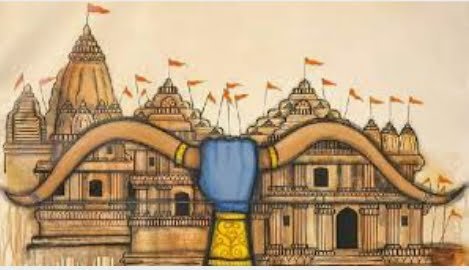
Previously, the site was occupied by the Babri Masjid, a mosque built during the Mughal era that stood until December 6, 1992. According to inscriptions found at the site, the mosque was constructed in the year 935 of the Islamic calendar by Mir Bāqī, who was possibly a bey serving under the Mughal emperor Bābur.
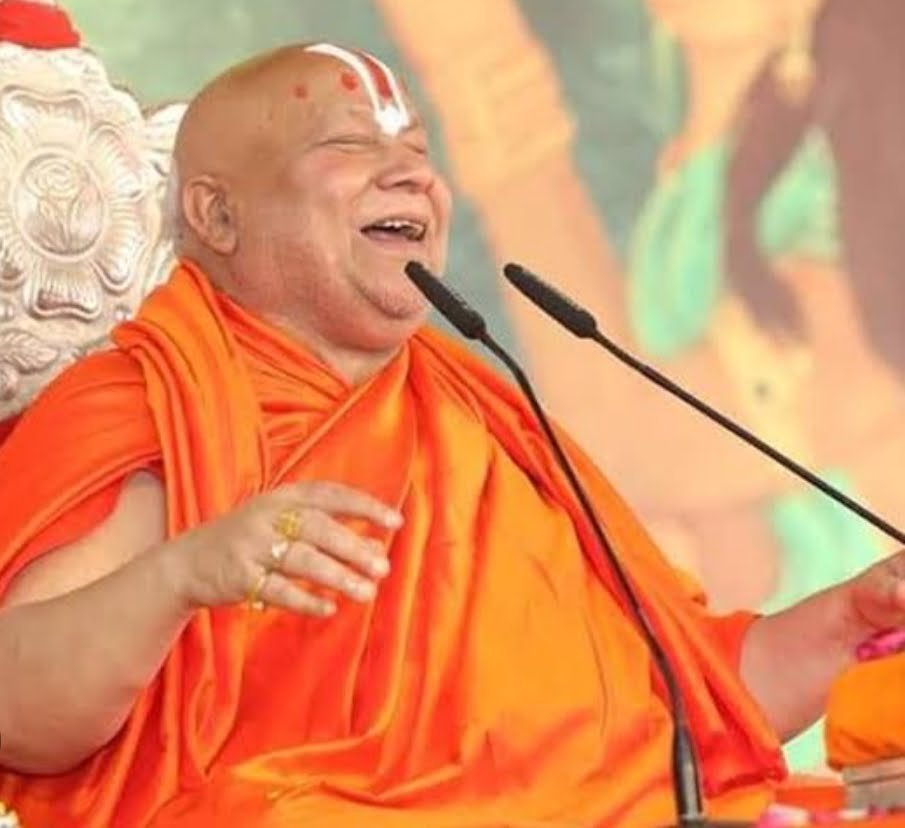
From the 19th century onwards, there were numerous conflicts and court disputes between Hindus and Muslims regarding the mosque. In 1949, idols of Lord Rama and Sita were placed inside the mosque, which led to the government locking the building to prevent further disputes. Both Hindus and Muslims filed court cases seeking access to the site.
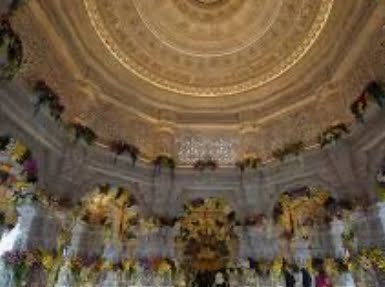
On December 6, 1992, a large group of Hindu activists belonging to the Vishva Hindu Parishad and allied organizations demolished the mosque, resulting in widespread riots across the Indian subcontinent and the loss of approximately 2,000-3,000 lives.
In September 2010, the Allahabad High Court upheld the claim that the mosque was built on the spot believed to be Lord Rama’s birthplace. It awarded the site of the central dome for the construction of a Rama temple, while also granting Muslims one-third of the area for the construction of a mosque.
However, on November 9, 2019, the Supreme Court overturned the lower court’s ruling and ordered the entire 1.1-hectare (2+3/4 acres) site to be handed over to a trust for the construction of the Hindu temple. The government was also instructed to provide an alternative 2-hectare (5-acre) plot in the village of Dhannipur, Ayodhya District, approximately 18 kilometers (11 miles) from Ayodhya City and 30 kilometers (19 miles) by road from the original Babri Masjid site, to the Uttar Pradesh Sunni Central Waqf Board as a replacement for the demolished mosque.
When discussing the Ayodhya Ram Mandir, it is important to mention the significant role played by Jagadguru Shri Rambhadracharya ji. He is an esteemed Indian Hindu spiritual leader, renowned teacher, scholar, and author, known for his extensive knowledge and deep understanding of ancient Hindu texts. He is the founder of the Rashtriya Sant Samiti, an organization dedicated to religious and social welfare. Rambhadracharya ji made substantial contributions to the Ayodhya Ram Mandir verdict. As a litigant in favor of Shri Ram Janmabhoomi, he invoked the Jaiminiya Samhita from the Rigveda, providing accurate and detailed information about the direction and distance from the Saryu river in relation to the disputed site. His expertise and insights were instrumental in influencing the court’s decision to allow the construction of the temple.
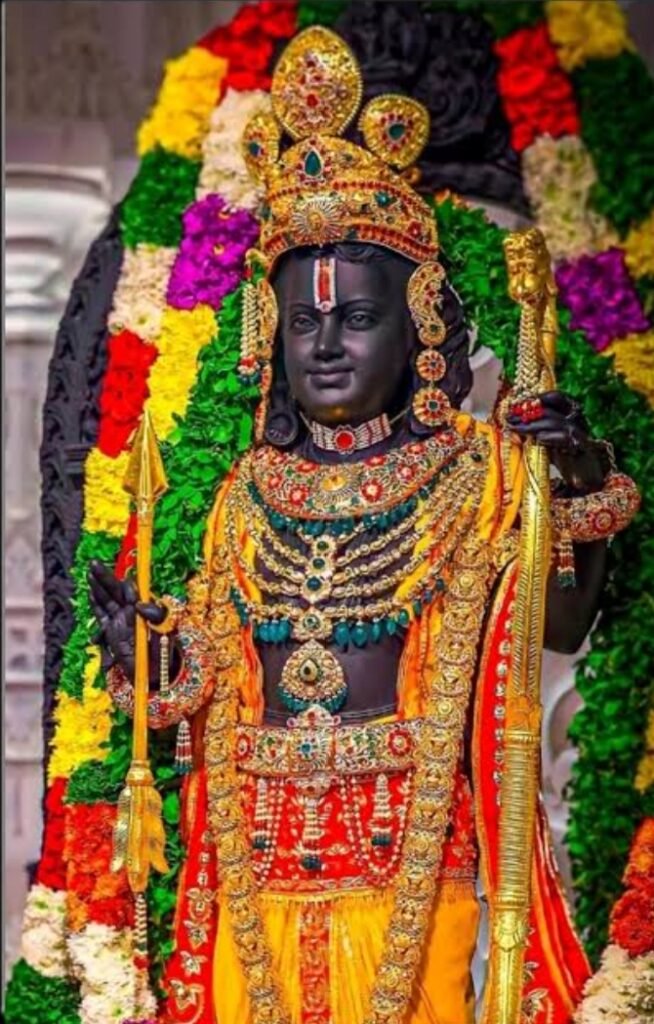
So, let’s talk about the idol (murti) in the temple. The idol of Raam Lalla was consecrated at the Ram Temple in Ayodhya on January 22, 2024. It’s made of Krishna Shila stone, which is a type of black stone found in abundance in the HD Kote and Mysore districts of Karnataka. The stone is actually named after Lord Krishna, who is also depicted with a dark complexion.
This stunning idol was crafted by Arun Yogiraj, a renowned sculptor from Karnataka. It took him a whopping six months to complete this masterpiece. The idol weighs a hefty 200 kg and portrays the deity as a five-year-old boy with a gentle smile. Using Krishna Shila stone to create the idol not only enhances its visual appeal but also showcases the rich artistic heritage of Karnataka.
On April 17, 2024, the first Ram Navami (Ram’s birth festival) after the consecration of Ayodhya’s Ram Temple with the Balak Ram murti was celebrated by thousands of devotees all over India. On this special occasion, the forehead of the Ram Lalla idol was anointed with a ray of sunlight, known as Surya Tilak.
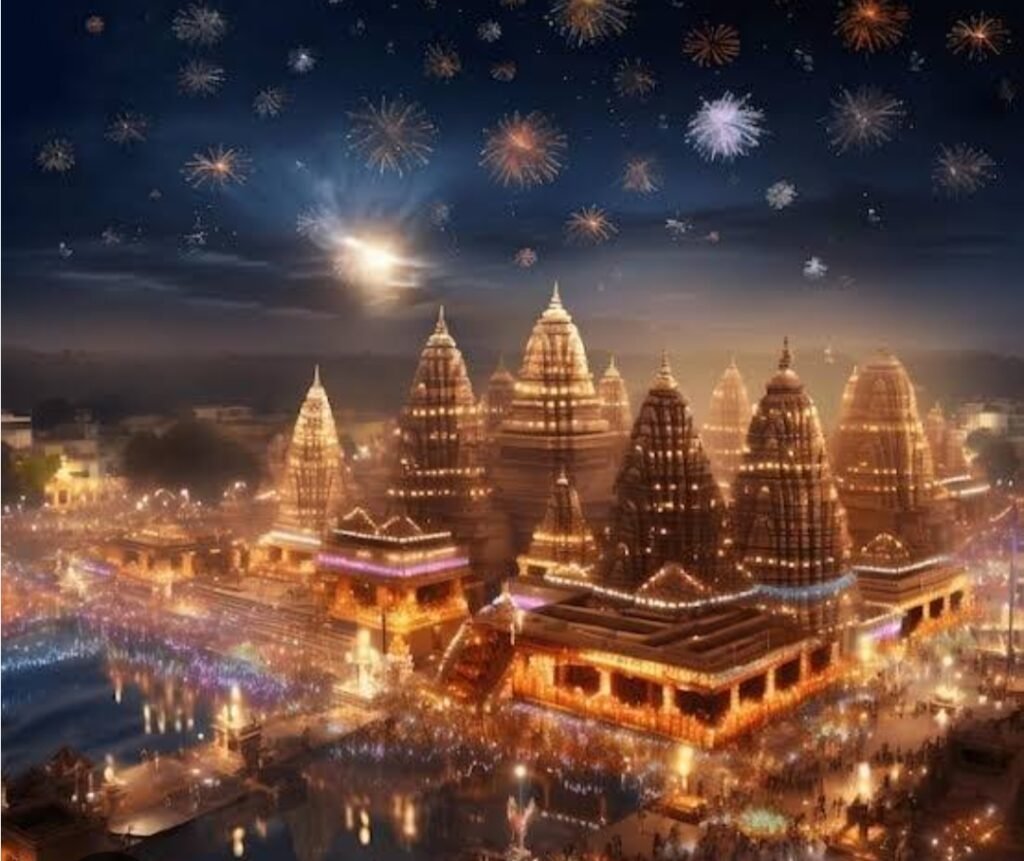
To sum it up, the construction and inauguration of the Ram Mandir Ayodhya stand as a significant milestone in India’s religious and cultural landscape. Its inauguration on January 22, 2024, amidst historical and legal complexities, marks the manifestation of deeply held beliefs for Hindus and symbolizes the culmination of a centuries-old aspiration. The involvement of figures like Jagadguru Shri Rambhadracharya ji emphasizes the profound spiritual and scholarly dimensions intertwined with the temple’s journey. And let’s not forget the meticulous craftsmanship reflected in the idol of Ram Lalla, sculpted from Krishna Shila stone, which adds a timeless artistic legacy to this monument.


